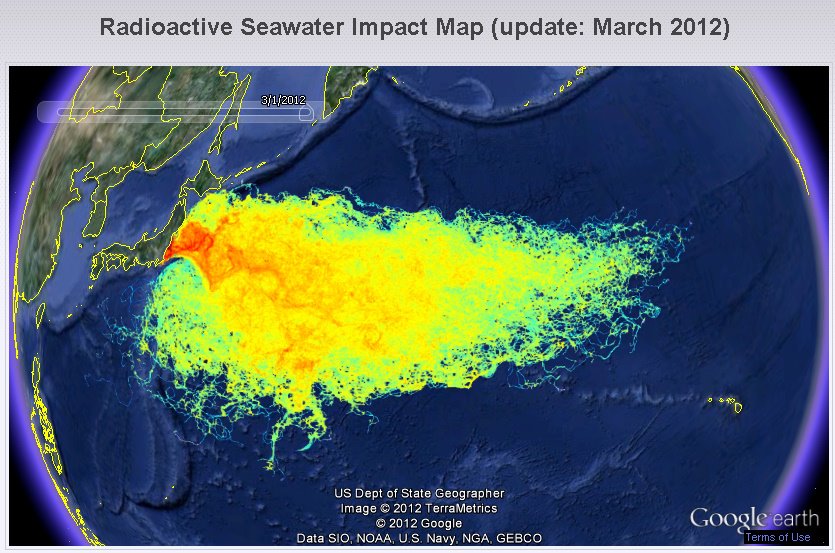Last updated on February 10th, 2013 at 02:55 pm
Election time is coming up and it seems that the two candidates are striving for the goal for the most coveted position of President of the United States: Governor Mitt Romney and President Barack Obama. Romney’s plan is to shrink government and allow the corporations to take control of the commons, and would love to see Medicare, Social Security, welfare, WIC, highway, schools, EPA and other government programs eliminated or privatized. These programs in all intent and purpose are pro-life, so that the working poor to the middle class would not die. Romney’s mantra of smaller government is from the pages of anti-tax activist Grover Norquist, but is silent on the payroll tax cuts. He is the same anti-tax activist who said, “Our goal is to shrink government to the size where we can drown it in a bathtub.”
Really?
One of the biggest government-sponsored-insurance-program is the Price-Anderson Act. Price-Anderson is an insurance program that allows nuclear power plants to operate in our nation and to cover disasters in case of a Fukushima-type calamity:
Fact Sheet on Nuclear Insurance and Disaster Relief Funds
http://www.nrc.gov/reading-rm/doc-collections/fact-sheets/funds-fs.htmlThe Price-Anderson Act, which became law on September 2, 1957, was designed to ensure that adequate funds would be available to satisfy liability claims of members of the public for personal injury and property damage in the event of a nuclear accident involving a commercial nuclear power plant. The legislation helped encourage private investment in commercial nuclear power by placing a cap, or ceiling on the total amount of liability each holder of a nuclear power plant licensee faced in the event of an accident. Over the years, the “limit of liability” for a nuclear accident has increased the insurance pool to more than $12 billion.
http://www.nrc.gov/reading-rm/doc-collections/fact-sheets/fund-fs-fig1.gif
Yet according to News on Japan, Fukushima cleanup could cost up to $250 billion. And the area affected is sparse, but the contamination has spread more than 170 miles south and:
Fast approaching the U.S. west coast. There are speculations that the kelp bed in Southern California is contaminated by the radiation. Yet Republicans in the House and Senate are not funding NOAA and the EPA to keep us informed of the spreading of radiation from Japan to American continent. And even more disturbing is the claim from the TEPCO (Tokyo Electric Power Company) that they found a leak in one of Fukushima’s crippled nuclear plant. There is speculation amongst scientists who are familiar with nuclear technology are saying that the photo from NOAA was not a leak, but the TEPCO dumping the nuclear waste into the ocean. By claiming it was a leak, there would not be any punishment for contaminating the earth.
Surprisingly, according to Bloomberg:
Japan Closer to Restarting First Reactors Since Fukushima
http://www.bloomberg.com/news/2012-04-09/japan-closer-to-restarting-first-reactors-since-fukushima.html
Japan’s government approved new safety measures for nuclear reactors, taking a step toward restarting the first atomic plant since the Fukushima disaster and to avert electricity shortages this summer that could set back the country’s economic recovery.
The photo above was taken by NOAA, and the size of the radiation is as large as many countries. And according to attorneys, there is nothing anyone can do to punish the TEPCO, even though the plant was designed by General Electric, because, the plant and accident occurred on foreign soil and because of Tort reform (Alien Tort Act), no one: individual or class action can sue for damages. Nor can anyone sue General Electric.
In a 2-1 decision issued on September 17, 2010, the U.S. Court of Appeals for the Second Circuit held that corporations cannot be held liable for violations of customary international law, finding that: (1) under both U.S. Supreme Court and Second Circuit precedents over the previous 30 years that address ATS suits alleging violations of customary international law, the scope of liability is determined by customary international law itself; (2) under Supreme Court precedent, the ATS requires courts to apply norms of international law—and not domestic law—to the scope of defendants’ liabilities. Such norms must be “specific, universal and obligatory”; and (3) under international law, “corporate liability is not a discernible—much less a universally recognized—norm of customary international law”, that the court could apply to the ATS, and that the plaintiffs’ ATS claims should indeed be dismissed for lack of subject matter jurisdiction.
And if there is grounds for reparations, instead of the corporations paying for damages, taxpayers under the Price-Anderson will pick up the tab.
- Even In California, Voter Intimidation By Law Enforcement - Sat, Jun 11th, 2016
- Gun Owners Need Roe Vs. Wade - Sat, Feb 20th, 2016
- Porter Ranch California Disaster Darkens Holiday…What About Watts? - Sat, Dec 26th, 2015






